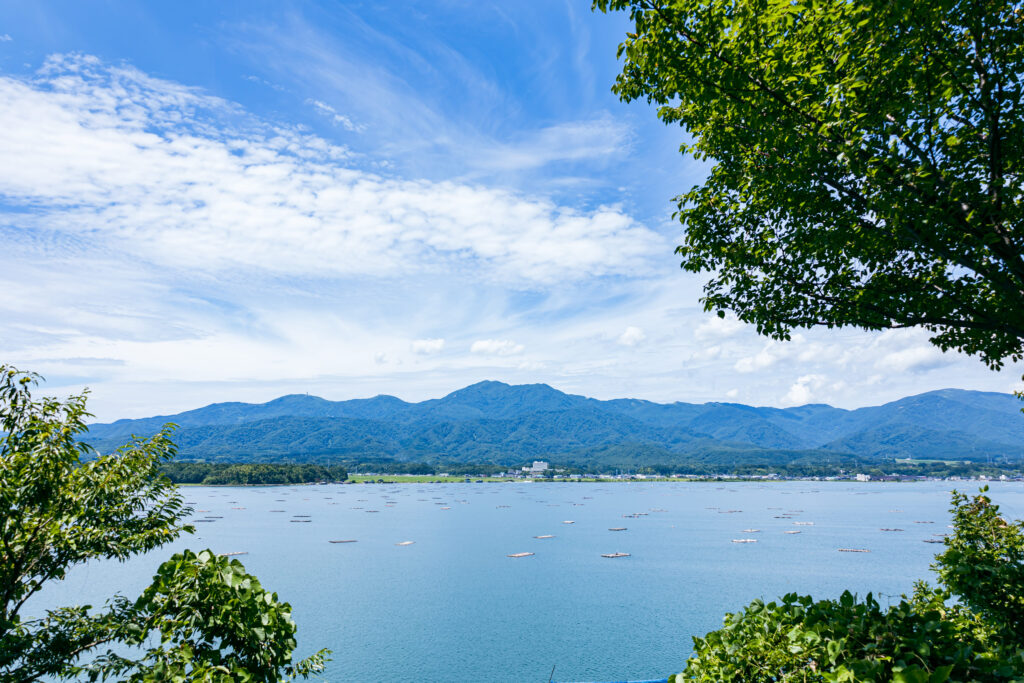Sado: The Island of Noh Theater
In the past, Sado had over 200 Noh stages, and even now, more than 30 remain.
Sado is a unique place in Japan where Noh is integrated into daily life.
Not only do the local people watch Noh, but they also dance and sing themselves.
So, why has Noh become so deeply rooted in Sado?
■ Zeami and Sado Island
During the Muromachi period, Zeami, a master of Noh, was exiled to Sado.
In 1434, around age 72, he landed at Ota-no-Ura (now Matsugasaki) and wrote about his days in “Kintou Book”.
His presence sparked the growth of Noh on Sado.


■ Zeami’s Journey
Zeami traveled from Ota-no-Ura to his designated place, passing through Kasadori Pass. (You can now hike this route and reflect on its history.)
He visited “Hase Temple” and then “Manpuku Temple”.
Due to a nearby battle, he moved to “Shoboji Temple”.
There, you can find a stone where Zeami sat and an ancient mask he reportedly used for a rain dance.


■ Okubo Nagayasu and the Spread of Noh
Noh became widely popular during the Edo period, especially when Sado became a territory directly controlled by the shogunate.
A significant influence was Okubo Nagayasu, the first Sado magistrate.
Okubo Nagayasu was the son of a Noh performer and brought a Noh performer with him when he was assigned to Sado.
He dedicated Noh performances to shrines throughout Sado and made Noh accessible not only to samurai but also to the general public.

■ Kasuga Shrine: Birthplace of Noh on Sado
Thanks to Okubo, the “Kasuga Shrine” was built in Aikawa Kasugazaki in 1605.
In 1645, the first religious Noh performance was dedicated there, marking the shrine as the birthplace of Sado’s Noh.
Initially, Noh was for officials, but it spread from the gold-rich Aikawa area to the plains and then throughout the island.
Many of the existing 30+ Noh stages are in shrine grounds.
The Daisen Shrine, Ushio Shrine, Kamo Shrine, and Nyakuitiouji Shrine are also included in what is referred to as the ‘Kuninaka Four Noh Stages’.

This rich history explains why Noh is so deeply rooted in Sado.
The tradition continues, with performances from April to October.
The history of Sado and Noh remains intertwined.


主催:公益社団法人能楽協会、独立行政法人日本芸術文化振興会、文化庁
委託:令和5年度日本博 2.0 事業(委託型)
